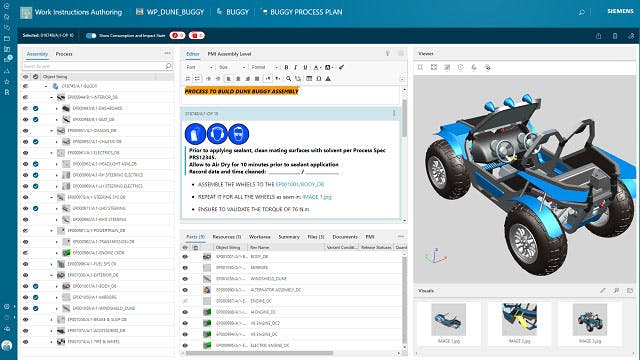The physical asset configuration comprises all the mechanical, electrical/electronic, software, and associated document-related components of an asset, as well as the history of configuration changes during its operational use. Physical asset configuration data may include technical documentation needed for service activities, and information on service materials such as parts and kits.
The purpose of creating and tracking physical asset configurations is to simplify the process of supporting and servicing high-value products in the field. Physical asset management software manages the complex web of information associated with the physical asset configuration, reducing the cost and time needed to create and deliver critical service documentation while improving the information's quality and efficacy. Through physical asset management software, all stakeholders are assured of obtaining up-to-date visibility of the serviced physical asset configuration.
Physical asset configuration is also a critical set of information used by service lifecycle management (SLM) software to ensure timely and correct servicing of products during their operational life. This software’s service asset management (SAM) functionality provides an open ecosystem that makes physical asset configurations accessible to OEMs, customers, and third parties involved in delivering effective service to managed assets.
It is important to have accurate records of physical asset configurations for a broad spectrum of manufactured products, but especially for complex products characterized by relatively long product lifecycles: equipment, machinery, devices, vehicles, and more. For many of these products, manufacturing portfolios have grown in recent years to include a large number of product variants, including different physical configurations and geometries, different software and hardware configurations, different components and assemblies, and other variations. In order to properly service such assets throughout their operational life, the physical asset configuration tracks the asset and updates the configuration through installation, deployment, maintenance, repair, and upgrades.
Related products: Teamcenter


